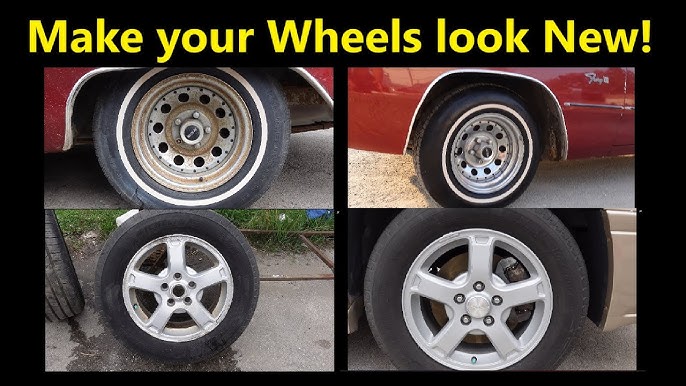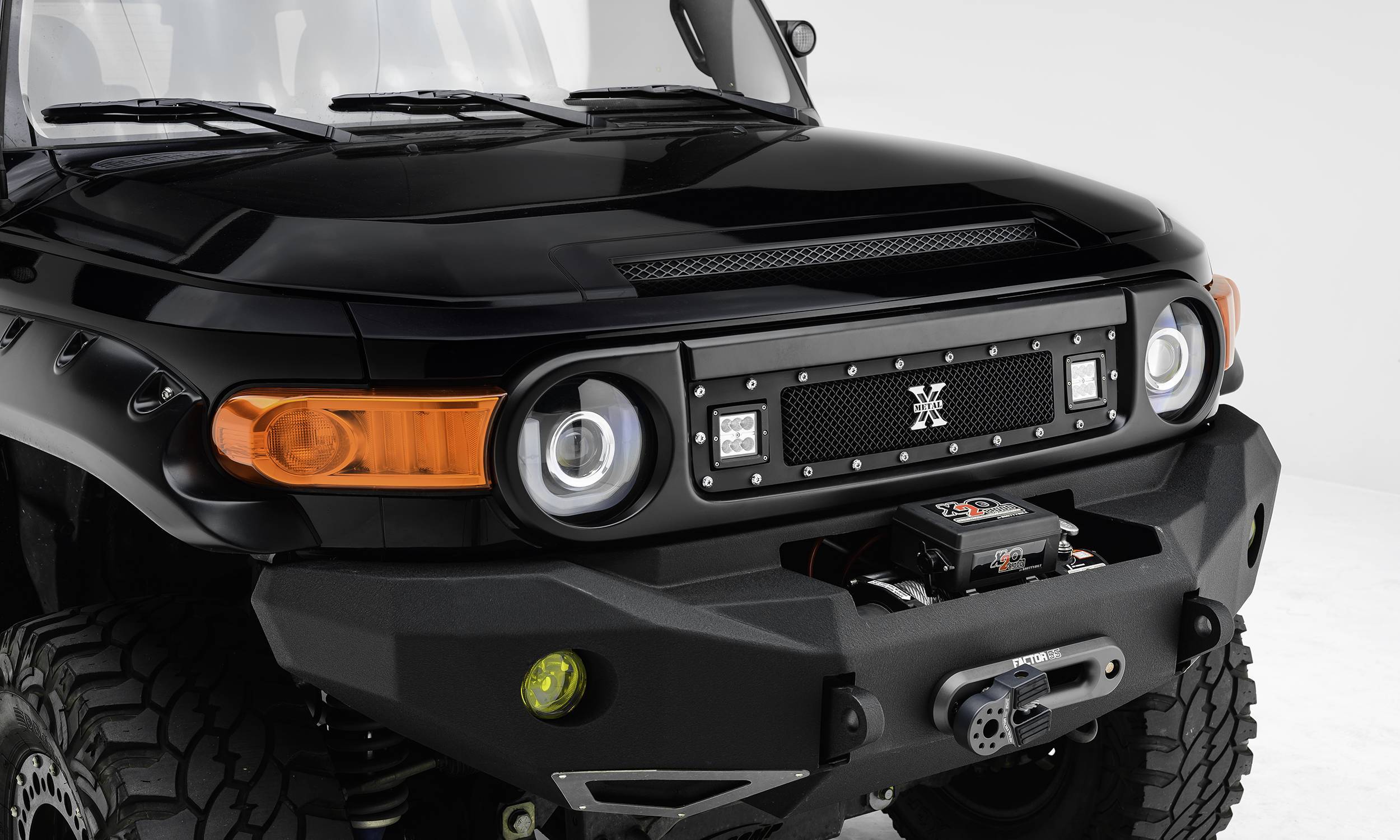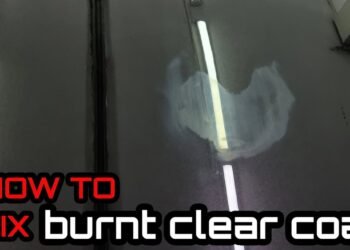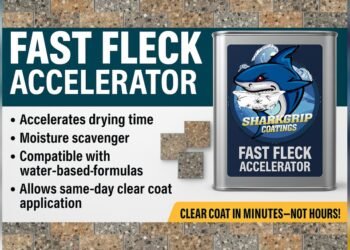Are you looking to remove that shiny chrome finish from your bumper but don’t know where to start? Sandblasting chrome off a bumper can be the fastest and most effective way to get a clean, smooth surface ready for a fresh new look.
Whether you want to repaint, powder coat, or simply strip away the old chrome, understanding the sandblasting process is key to protecting your bumper and achieving the results you want. You’ll discover how sandblasting works, what to expect during the process, and important tips to make sure your bumper stays intact while the chrome disappears.
Keep reading to find out how to transform your bumper with the power of sandblasting.

Credit: www.youtube.com
Preparing The Bumper
Preparing the bumper is a vital step before sandblasting chrome off it. This stage ensures the surface is ready for an even and effective blast. Proper preparation helps avoid damage and improves the final result.
Cleaning And Inspection
Start by cleaning the bumper thoroughly. Remove dirt, grease, and any old wax. Use a mild detergent and water, then dry the surface well. A clean bumper allows you to see the chrome and any flaws clearly.
Inspect the bumper for rust, dents, or cracks. Note any weak spots or areas needing repair. This inspection helps plan the sandblasting process carefully and safely.
Removing Loose Parts
Remove any loose parts or attachments from the bumper. This includes bolts, clips, or plastic trims. Loose parts may get damaged or cause uneven blasting.
Take off rubber seals and light fixtures if possible. This step protects delicate components and prevents extra work after sandblasting.

Credit: throttledownkustoms.com
Choosing Abrasive Media
Choosing the right abrasive media is crucial for effective sandblasting. It affects how well the chrome comes off and protects the bumper underneath. The media must be strong enough to remove chrome but gentle enough to avoid damage. Different materials offer various benefits depending on the surface and desired finish.
Aluminum Oxide Benefits
Aluminum oxide is a popular choice for sandblasting chrome off bumpers. It is hard and sharp, which helps remove chrome quickly. This abrasive lasts longer than many others, reducing the need to replace it often. It produces a clean surface that is ideal for repainting or recoating. Aluminum oxide also creates less dust, making the work environment safer.
Using Crushed Glass
Crushed glass is another effective abrasive media. It is softer than aluminum oxide but still removes chrome well. This media is more eco-friendly because it can be recycled multiple times. Crushed glass is less likely to damage the metal underneath. It provides a smooth finish, which helps prepare the surface for painting.
Avoiding Damage To Base Metal
Protecting the bumper’s base metal is important during sandblasting. Too harsh an abrasive or too high pressure can cause dents or scratches. Choosing the right grit size helps control the impact on the metal. Using softer media or reducing pressure can prevent damage. Testing on a small area first ensures the surface stays intact while removing chrome effectively.
Sandblasting Process
The sandblasting process removes chrome from bumpers by using high pressure and abrasive materials. It blasts tiny particles at the surface to break down the chrome layer. This method prepares the bumper for repainting or refinishing. Sandblasting is fast and effective, but it requires careful control to avoid damage.
Proper settings and techniques help achieve the best results. Understanding the layers beneath the chrome, like the nickel underlayer, is key. Each step in the process plays a crucial role in cleaning the bumper safely and efficiently.
Setting Pressure Levels
Pressure control is vital in sandblasting chrome off a bumper. Too high pressure can damage the metal underneath. Too low pressure may not remove the chrome fully. Usually, a medium pressure range between 60 and 90 PSI works well. Adjust pressure based on the bumper’s condition and thickness.
Start with a lower pressure and increase gradually. Watch the surface to avoid etching or warping. Proper pressure keeps the bumper intact while removing chrome efficiently.
Effective Techniques
Use smooth, even strokes during sandblasting. Keep the nozzle moving to avoid deep spots or uneven surfaces. Maintain a consistent distance, typically 6 to 12 inches from the bumper. Overlapping passes ensure full chrome removal.
Choose abrasive media wisely. Aluminum oxide or crushed glass grit works best for chrome removal. Use coarser grit for thick chrome layers, finer grit for delicate areas. Proper technique minimizes damage and speeds up the process.
Managing Nickel Underlayer
Many chrome bumpers have a nickel layer beneath the chrome. This layer is harder to remove. It may need higher pressure or coarser abrasive media. Take care to avoid roughening the metal below the nickel.
Sometimes, multiple sandblasting sessions are necessary. Inspect the bumper after each pass. Stop before exposing bare metal to prevent damage. Managing the nickel layer well ensures a smooth surface for new finishes.
Alternatives To Sandblasting
Removing chrome from bumpers requires careful attention to avoid damage. Sandblasting is common but not the only option. Alternatives offer different advantages depending on the material and finish.
These methods can be gentler or more precise. They suit various budgets and project sizes. Understanding these options helps choose the best approach for your bumper.
Chemical Stripping Methods
Chemical stripping uses special solutions to dissolve chrome layers. This method works well on delicate surfaces. It avoids the abrasion that sandblasting causes.
Operators must handle chemicals safely and dispose of waste properly. The process takes longer but reduces risk of metal damage. It is ideal for plastic or thin metal bumpers.
Electrolytic Stripping
Electrolytic stripping removes chrome using electrical currents in a liquid bath. This technique targets the chrome layer without harming the base metal. It is precise and clean.
The setup requires electricity and specific equipment. It suits small parts and detailed chrome removal. This method preserves the bumper’s shape and surface quality.
Soda Blasting Advantages
Soda blasting uses baking soda particles to remove chrome gently. It cleans without scratching or etching the metal underneath. This makes it perfect for bumpers needing a smooth finish.
The process is eco-friendly and easy to clean up. It also deodorizes and removes grease. Soda blasting is less aggressive than sandblasting but still effective at chrome removal.
Post-sandblasting Steps
After sandblasting chrome off a bumper, several crucial steps follow. These steps ensure the surface is ready for a new finish and prolong the bumper’s lifespan. Proper care after sandblasting leads to a smooth, clean, and prepared surface. Each phase plays a vital role in achieving quality results.
Surface Cleaning
Remove all dust and debris left from sandblasting. Use a soft brush or compressed air to clear the surface. Wash the bumper with mild soap and water to eliminate grease. Dry the bumper completely to prevent rust and corrosion.
Smoothing And Polishing
Check the surface for any rough spots or remaining chrome bits. Use fine-grit sandpaper to smooth out imperfections. Polish the bumper gently to create a uniform texture. This step helps the new finish stick better and look more even.
Preparing For New Finish
Apply a primer suited for metal surfaces to protect against rust. Make sure the primer covers all areas evenly. Let the primer dry fully before applying paint or coating. This preparation step ensures the new finish adheres well and lasts longer.

Credit: trexbillet.com
Safety Measures
Safety is the top priority when sandblasting chrome off a bumper. The process involves high pressure and abrasive materials that can harm skin, eyes, and lungs. Taking the right safety steps protects your health and ensures a smooth job. Follow these key safety measures before you start sandblasting.
Protective Gear
Wear a full-face shield to protect your eyes and face from flying debris. Use heavy-duty gloves to guard your hands against sharp abrasive particles. A long-sleeve shirt and durable pants shield your skin from irritation. Steel-toed boots provide foot protection from falling objects. Proper gear reduces injury risks and keeps you safe throughout the task.
Proper Ventilation
Work in a well-ventilated area to avoid inhaling dust and harmful particles. Use fans or exhaust systems to move air and clear contaminants. Avoid enclosed spaces without airflow. Clean air lowers the chance of lung problems and keeps the workspace comfortable. Good ventilation also prevents dust buildup on surfaces and equipment.
Handling Abrasive Materials
Store abrasive media in sealed containers to prevent spills. Handle materials gently to avoid creating dust clouds. Dispose of used abrasive safely, following local regulations. Keep abrasive away from children and pets. Careful handling reduces accidents and environmental impact. Always check the material’s safety data sheet before use.
Common Challenges
Removing chrome from a bumper using sandblasting is not always simple. Several challenges can arise that affect the quality of the finish and the safety of the base metal. Understanding these common issues helps achieve better results and avoid costly mistakes.
Dealing With Stubborn Nickel Layers
Nickel layers often lie beneath the chrome surface. These layers are tougher to remove than chrome itself. Sandblasting may need stronger abrasives or longer blasting times. Careful monitoring is essential to avoid damaging the underlying metal. Using the right media and pressure can help break down these hard layers effectively.
Preventing Base Metal Damage
The base metal under the plating can be soft or thin. High pressure or aggressive media can cause dents or pitting. Choosing gentle abrasive materials reduces the risk of harm. Operators must control the blasting angle and distance carefully. Protecting the metal ensures the bumper stays strong and ready for new coatings.
Avoiding Uneven Surfaces
Uneven sandblasting creates rough or patchy areas on the bumper. This problem affects paint adhesion and the final look. Consistent motion and even coverage are key. Operators should check the surface frequently during blasting. A smooth, uniform finish makes repainting or recoating much easier and more durable.
Frequently Asked Questions
Can You Sandblast The Chrome Off A Bumper?
Yes, sandblasting can remove chrome from a metal bumper using coarse abrasive media and high pressure. It effectively strips chrome but may leave the nickel underlayer intact. This method prepares the surface well for repainting or powder coating.
Can Chrome Be Removed By Sandblasting?
Yes, sandblasting can remove chrome from metal surfaces using high-pressure abrasive media. It effectively strips chrome but may leave the nickel underlayer. This method prepares surfaces for new coatings like powder coating. Choose coarse abrasives for faster removal and ensure proper safety measures during the process.
How To Remove Chrome From Bumper?
Remove chrome from a bumper by sandblasting with coarse abrasive media at high pressure. Chemical stripping or soda blasting also work. Sandblasting removes chrome but may leave nickel underlayer. Always prepare the surface for repainting or powder coating after removal.
Can Chrome Be Sanded Off?
Yes, chrome can be sanded off using coarse abrasive media and high-pressure sandblasting. It effectively removes chrome plating.
Can You Sandblast Chrome Off A Bumper Safely?
Yes, sandblasting removes chrome safely if done with proper pressure and the right abrasive media.
Conclusion
Sandblasting removes chrome quickly and prepares bumpers for repainting. Choose the right abrasive to avoid damaging the metal underneath. Keep in mind that nickel layers may need extra effort to remove. This method works well for restoring or customizing bumpers.
Always use safety gear during sandblasting to protect yourself. With proper care, sandblasting can refresh your bumper’s look effectively. It offers a clean surface for new finishes to stick better. Consider professional help if unsure about the process or equipment.
Sandblasting is a solid choice for removing chrome from bumpers.

















